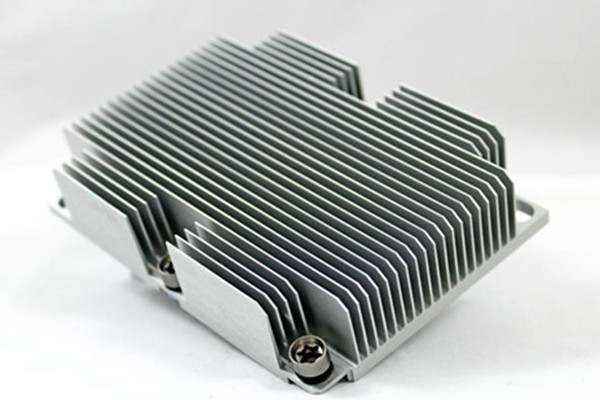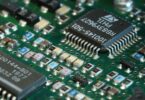Computer Chip manufacturers are under constant pressure to produce faster, more powerful chips. The problem is that as chips get faster and more powerful they also generate more heat. This can lead to chip failure if the heat is not managed properly. One solution is to use a CNC machined heat sink. A CNC machined heat sink can help dissipate the heat from a chip, helping to keep it cool and ensuring its reliability. There are many different heat sinks types of CNC machined available, so it is important to select the right one for your application. In this article, we will discuss how to machine the heat sinks with CNC technology and how to select the right one for your needs.
Materials that are used to machine a heat sink
A heat sink is a device that helps to cool electronic components and heat-generating devices. They are necessary because heat buildup can damage or destroy these types of components. A good heat sink will have a large surface area in order to dissipate heat quickly and will be made of materials that conduct heat well.
There are many different materials that can be used to make a heat sink, but the most common are aluminum and copper. Aluminum is lightweight and has good thermal conductivity, making it an ideal material for heat sinks. Copper is even better at conducting heat, but it is also much heavier and more expensive.
When choosing a material for a heat sink, it is important to consider both its thermal conductivity and its weight. Heat sinks are typically attached to the processor using screws or clips, so a heavy heat sink can put unnecessary strain on the processor and cause damage. It is also important to consider the manufacturability of the heat sink. Some materials, such as aluminum, are very easy to machine using a CNC milling machine. Other materials, such as copper, are much more difficult to work with and require special tools and knowledge. In general, it is best to choose a material that is easy to work with and has good thermal conductivity. Aluminum is the most commonly used material for heat sinks, but copper can also be used if necessary.
How to machine a heat sink with CNC technology
CNC technology is a powerful tool for machining heat sinks. With CNC technology, you can create precise cuts and shapes that would be difficult to achieve with traditional methods. There are a few things to keep in mind when machining a heat sink with CNC technology. First, it is important to select the appropriate tool for the material you are working with. Second, you will need to set the correct parameters for your machine. And finally, it is important to use the proper safety precautions. With these tips in mind, you can confidently machine a heat sink with CNC technology.
To machine a heat sink with a CNC, first the design must be created. This can be done with a CAD, or computer-aided design, program. Once the design is complete, it is converted into a file that the CNC machine can read. The heat sink material is then placed in the machine and the cutting tools are set up according to the design. The CNC machine will then cut and shape the heat sink to the desired specifications. This method of machining heat sinks is quick and efficient and produces results that are very accurate. It is also possible to create complex shapes that would be difficult to achieve with other methods. This makes CNC machining an ideal choice for heat sink manufacturing.
Applications of heat sinks
Heat sinks are often used in electronic devices, such as computers and GPUs, to prevent overheating. They are also commonly used in LED light bulbs to dissipate the heat generated by the light-emitting diodes, and to prolong the lifespan of the bulbs. For applications where weight is critical, such as in laptops and handheld devices, miniature heat sinks made from lightweight materials may be used. Heat sinks are used in a wide range of electronic devices, including power amplifiers, voltage regulators, diodes, and transistors. While most heat sinks are attached to thedevice using screws or clips, some types use thermal adhesive or pastes to achieve a more secure bond.
Conclusion
CNC machining is a technology that has revolutionized the manufacturing industry. By using computer-controlled tools, manufacturers can create parts with unprecedented accuracy and repeatability.
Heat sinks are one type of component that can benefit greatly from CNC machining. When properly designed, a CNC-machined heat sink can offer superior performance to a traditional cast or extruded heat sink. The key to designing an effective CNC-machined heat sink is to carefully consider the material properties and thermal characteristics of the application. With the right material and design, a CNC-machined heat sink can provide superior cooling performance while also offering the benefits of increased manufacturing efficiency and flexibility.










Leave a Comment
You must be logged in to post a comment.